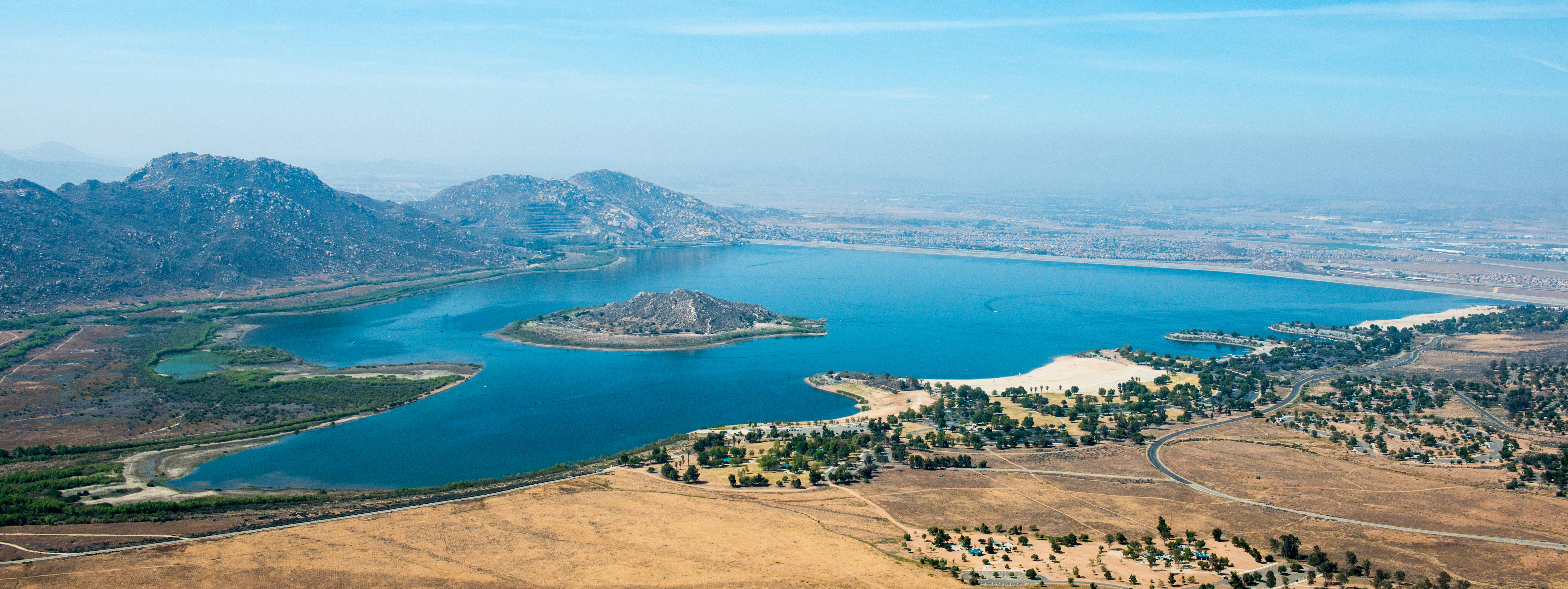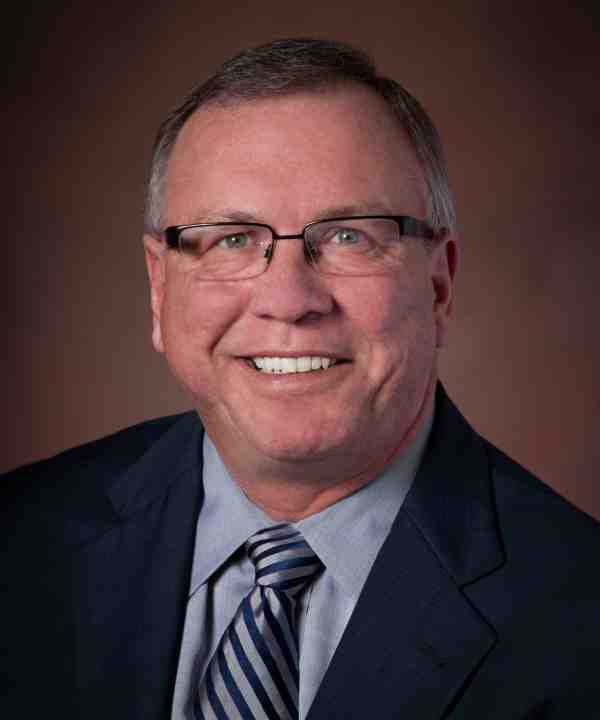March 20, 2019 | Water in the West | Insights
Timothy Quinn, a California water policy expert, joined Stanford’s Program on Water in the West as a Landreth Visiting Fellow this past winter. Quinn, who has been deeply involved in California water policy for the last thirty years, and most recently was the Executive Director of the Association of California Water Agencies, is teaching a seminar reflecting on his experiences within the California water policy realm this spring quarter. He took time out for a Q&A with Water in the West on his current and past work:
What have you been working on at Stanford since arriving on campus?
Since starting in January, I have been working with Buzz Thompson and Leon Szeptycki on a seminar series* beginning in April. The seminar series has five installments. The first is aimed at students and others new to water issues, a kind of “Water 101” about California’s water supply system and the political processes that forge water policy. The next three sessions focus on major trends in water policy that I have been a part of over the past 40 years: the incredible statewide growth in local resource development; the rise of the policy of coequal goals codified in 2009 that places equal weight on water supply reliability and ecosystem health; and the ongoing struggle between collaborative and adversarial decision-making processes. The last session is perhaps the most important as the seminar participants discuss how researchers at Stanford and other institutions can help policymakers forge collaborative solutions that embrace a policy of coequal goals.
*If you are interested in registering for the seminar it is listed under Law 2521/CEE 266E. More details can be found here.
Can you tell us a little bit about your background and how you came to be focused on water in particular?
I was working on my Ph.D. at UCLA and working at the RAND Corporation when I was offered a position as a junior staff economist on the President’s Council of Economic Advisors in Washington, D.C. During the 15 months I spent in D.C., I realized I wanted a career focused on public policy. In those days, RAND was doing important work on water policy and upon my return I became engaged with the researchers doing that work and I got to know the issues. I wrote my Ph.D. dissertation on water policy and was able to blend technical economic factors with policy and political factors. The whole experience was very profound and eye-opening for me. I came to realize that local politics were driving so much.
You spent over 20 years working the Metropolitan Water District. What was your time there like and what was it like to work for a regional wholesaler providing an average of 1.5 billion gallons of water per day to Southern California counties?
While working at RAND, I got a call from the Metropolitan Water District (MWD). After meeting the persuasive general manager, Carl Boronkay, I went to work at MWD in December of 1985. Carl realized that the way Southern California dealt with water had to change. During the 20th century, the Southern California water plan focused on the next big imported water supply project. In 1982, the voters overwhelmingly rejected a proposal to expand the State Water Project and Boronkay took that as a signal that the old path wasn’t politically feasible anymore. Instead, he saw how an interdisciplinary team could help Southern California better plan for its water needs – it was really a paradigm shift. I had just earned a Ph.D. degree in economics at UCLA and joining the team was very rewarding. We started charting a course for Southern California that was radically different by investing heavily in local water resources rather than relying on increases in imported water supply. I spent much of the next 10-15 years developing voluntary water transfers, an idea that is commonplace today but was fiercely controversial in those days. I soon learned that the collaborative process is often the most effective. This theme followed me throughout my career. If you collaborate, you have to step out of your silo and try to get others to do the same. Collaboration is really hard work but can be the only way to get things done.
Can you tell us about a few of the things you’ve accomplished in your career that you were most proud of?
When I was starting at MWD, I was coming into an organization that was chronically water short. In 1986 we did a two-prong study to look at the reliability of MWD’s water supply, including the State Water Project (SWP). The first prong was a reliability study showing that there was about a 50 percent chance of MWD being short on water in any given year due to over-reliance on the SWP, especially when it was dry. The second prong was a contingent valuation study that demonstrated a very high willingness-to-pay for reliability improvements among the public. These studies were a call to action for the MWD Board, which initiated a dramatic shift in water management policy. We developed incentive programs to encourage MWD’s customers to rely more on water sources in their own backyards and less on MWD water imports. Within a few years, we implemented the Conservation Credits Program to subsidize conservation and the Local Resources Program with even greater subsidies for the implementation of water reuse projects. By the early 2000s, we were able to transition from relying solely on imported water to meet growing water needs in Southern California to an Integrated Resources Plan that relied predominantly on growing local water supplies.
What sort of advice do you have for the people interested in pursuing work in the water policy arena?
I am convinced that the policy of coequal goals is the right policy, but we haven’t figured out how to implement it. Sound policy analysis by objective institutions like Stanford can help. Today, we need to analyze policy implications for economic goals and environmental goals simultaneously, not successively. We still spend too much time doing science and research in silos. We need to do a better job of illustrating the tradeoffs that inevitably occur in a multiple objective policy and innovating policy portfolios that offer better tradeoffs. In my Ph.D. dissertation 40 nearly years ago, I argued that an effective policy analyst needed to be a policy entrepreneur. I still believe that’s true. The seminar series in April is intended to bring out the entrepreneurship among the students, faculty and researchers at Stanford.



![[Woods Logo]](/sites/default/files/logos/footer-logo-woods.png)
![[Bill Lane Center Logo]](/sites/default/files/logos/footer-logo-billlane.png)